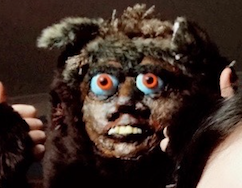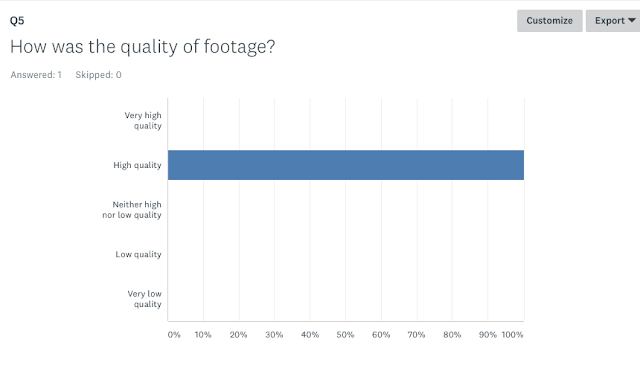Carol Vernallis
Carol Vernallis is music video theorist who produced the Kindest Cuts which talks about the difference between the editing in film and music videos, She refers to the role of editing when it comes to narrative, meaning, star image and the way sounds and images are synchronised as well as how the editing imitates the music.
There are four key concepts in Vernallis's theory which are; Narrative, Editing, Framing and Camera movement and Diegsis.
Narrative; Within her theory Vernallis's, she suggests that music videos are a response to the narrative within the song. So what happens on screen reflects the lyrics. If the narrative isn't complete she goes onto say that if it isn't fully realised the video can go on to seem disjointed and fragmented.
Editing; One of the main conventions of music videos is to break the rules of continuity. Editing in music videos can be used as a focal point with editing to the beat of the music or a beat drop etc rather than the narrative. Music videos have a distinctive style of editing with noticeable conventions such as jump jumps, cutting to the lyrics or beat of the music and juxtaposed shots and scenes.
Framing and Camera Movement; Vernallis states that having establishing shots is a important element of music videos as well as close ups of either the artist or the focal point of the video. Camera movement is also important as it moves with the timing and genre of the music video it is in. Slower music videos contain a lot of close ups and tracking shots whereas upbeat songs have more establishing and long shots.
Diegsis: Diegsis or the setting of the music video works in the way that Vernallis says that actions in the video are not always completed and can be disrupted, this can lead to a repetition of shots and frames which will come across as more important than other frames.
Andrew Goodwin
Andrew Goodwin was a media theorist and a director of music, he published a book called Dancing in the Distraction Factory. The book contains codes and conventions that come up with making a music video.
Genre Characteristics; Music videos have a set of typical genre characteristics and they have codes and conventions. Examples of this include that if you were to watch a music video and it was a live performance its likely its a rock or metal band e.g River of Fire by In This Moment. The audience gives a new level of energy to a music video that comes across in the music. Film genres can link to this as they have an impact on music videos, for example a lot of rom-com's have a lot of the same conventions as slower love songs.
There are five key setups for a music video that can help analyse it:
-Stadium Performance; Stadium performances are mainly used for rock music to show enthusiasm and physical endurance of the music and the impact it has.
-Studio Performance; Studio sessions are for more indie bands and for meaningful songs that aim to convey emotion.
-Location-Narrative-Conceptual/ Experimental
Voyeurism; There are references to the notion of looking and the treatment of both genders in an overly sexualised manner in order to sell records. Through the use of props, for example items such as tv, microphones and mirrors.
Record Label Demands; Record labels have very high and specific demands when it comes to filming a video such as close up of the artist and certain props or themes that have a reoccurring imagery. For example with In This Moment, the leader singer is always dressed in very religious seeming robes with a corset on underneath to portray religious themes counteracted with her being dressed provocatively.
Intertextual References; Theses are references to other tv shots and music videos or books within the music video itself. e.g Buddy Holly by Wheezer. This can bring in an audience that are fans of the movie being referenced and it gives the video more depth in the production.



















































